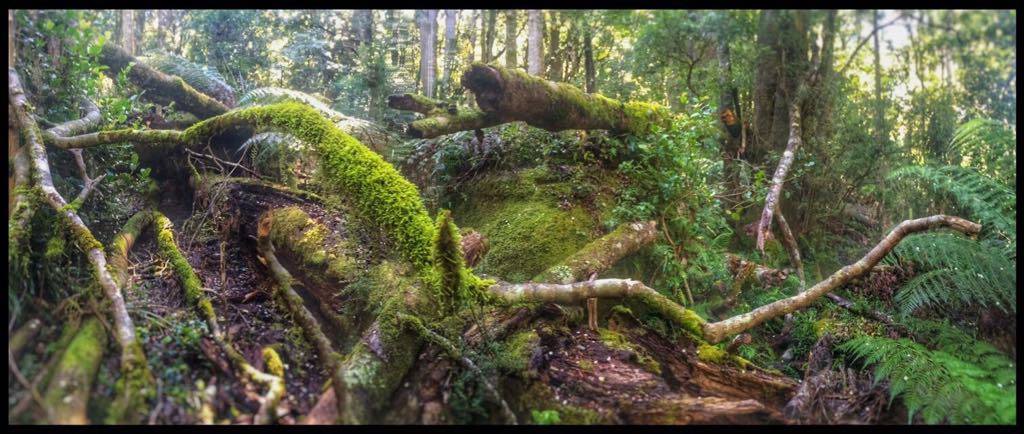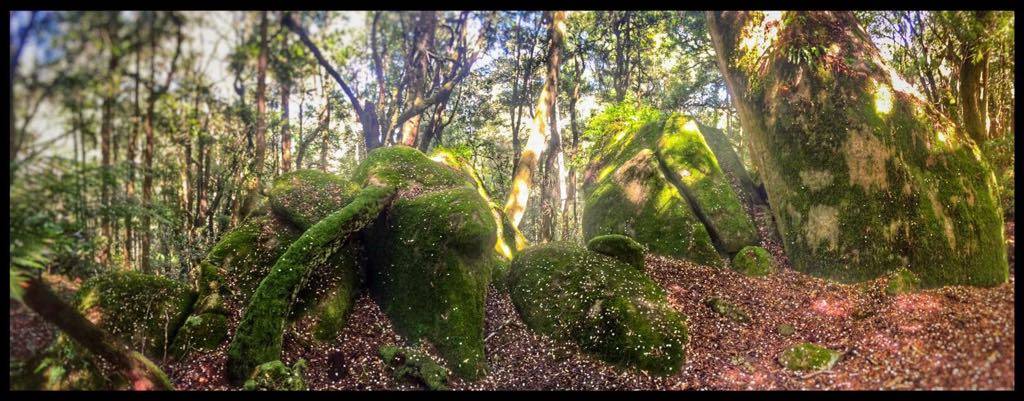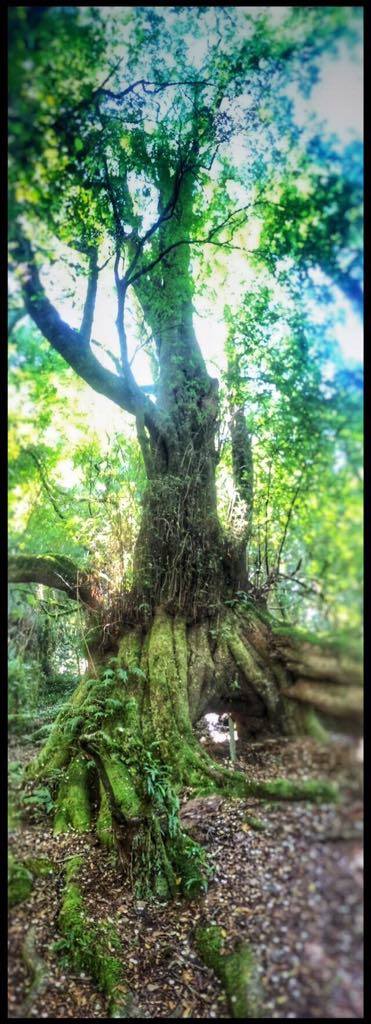Gulaga
Long ago Daramulun lived on the earth with his mother Ngalalbal. Originally the earth was bare and like the sky, as hard as stone, and the land extended far out where the sea is now. There were no men and women, but only animals, birds and reptiles. He placed trees on the earth.
After Kaboka, the thrush, had caused a great flood on the earth, which covered all the coast country, there were no people left, excepting some who crawled out of the water on to Gulaga. Then Daramulun went up to the sky, where he lives and watches the actions of men...
Gulaga and her surrounding landscape have great spiritual significance to local Yuin people. She is a women's mountain; the place where all things begin, where knowledge is gained and healing found. She is the spiritual mother who demands both fear and respect. Aboriginal guides tell the mysteries and stories that belong to this impressive sacred site.
In the Dreamtime, Gulaga had two sons, Najanuga and Barunguba. One day they asked if they could go on an adventure out into the sea. Gulaga agreed that Barunguba could go because he was the oldest but Najanuga, who was too young, stayed near the water's edge close to his mother's side, and that's where they remain to this day. These places are also known by different names, Gulaga is Mount Dromedary, Najanuga is Little Dromedary and Barunguba is Montague Island and all are visible from Mountain View Farm.
In May 2006, the Gulaga National Park, incorporating the former Wallaga Lake National Park, was handed back to its traditional Aboriginal owners, the Yuin people, in an historic agreement signed by the NSW Environment Minister and the Yuin people.
Mountain View Farm is located on the Mount Dromedary walking trail - you can walk straight out the door and head up the mountain, experiencing its various aspects of its temperate rainforest flora and fauna.
The hike from Tilba Tilba to the summit is approximately 11 kilometres taking about a half a day to complete. Though it is steep in a few places along the way, it is a fairly leisurely hike, requiring no special hiking equipment.
When Gulaga was an active volcano over 60 million years ago, its peak was approximately 3,000 metres (9,800 ft) in height. Though the peak has fallen due to shifts in the Earth's crust, the peak can still be seen from virtually anywhere in the Tilba region. It is also visible across from many lakes, such as Wallaga Lake or Lake Corunna. At its highest point, it measures 806 metres (2,644 ft) above sea level.
Photos by Slightly Twisted Productions





